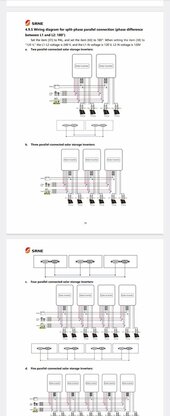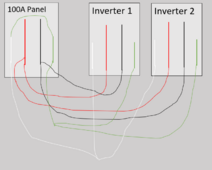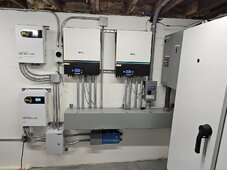Depends, what is SRNE reputation for reliability, customer service and warranty? If you're relying on it to keep the lights on and the meat in the deep freezer good do you really want the cheapest option? I've never looked into SRNE so I don't know their history, if they can provide a comparable product to midnite, Schneider and solark then sure I can see this causing a disturbance in the force.
My limited experience has been very positive. Coming up on 4.5MWh PV on my ASF since installing it last fall.
It's kept my lights on, meat frozen, mini split working and well pump running.
I wouldn't hesitate to leave it unattended for months, I was a bit nervous at first after commissioning.
I've had one random error/fault that didn't affection operation. I had a reply within hours after contacting the support email on their website. They provided possible causes, steps to reset the unit if needed and a new firmware after I asked if there was one available; they did advise to not update unless the issues came back.
There is a pile of info, charts, video starting air-compressor, etc in my build thread.
In the past I've said I'm dead set on a Schneider XW pro someday. I don't know that I feel that way anymore.
If I had to complain about anything on my ASF it would be the idle consumption isn't the best and the MPPTs don't seem to be quite as efficient as a Victron 100/20 I installed because I thought the SRNE numbers were exaggerated, they weren't.
I've coined it Some Really Nice Equipment. I have no idea what SRNE really stands for.





